Guardians are pufferfish-like hostile mobs that spawn in and around ocean monuments. By farming them, players can obtain valuable ingredients such as prismarine shards, crystals, and fish. The Elder variant also drops sponges. In this article, Gurugamer is going to showcase how to make a Guardian farm in Minecraft Bedrock and Java.
Table of Contents
1. Where to make a Guardian farm?
Guardians only spawn in Ocean Monuments, which can only be found in deep ocean biomes. Players can either explore randomly to stumble upon one, or use the command /locate monument to get the coordinate of the nearest Monument.
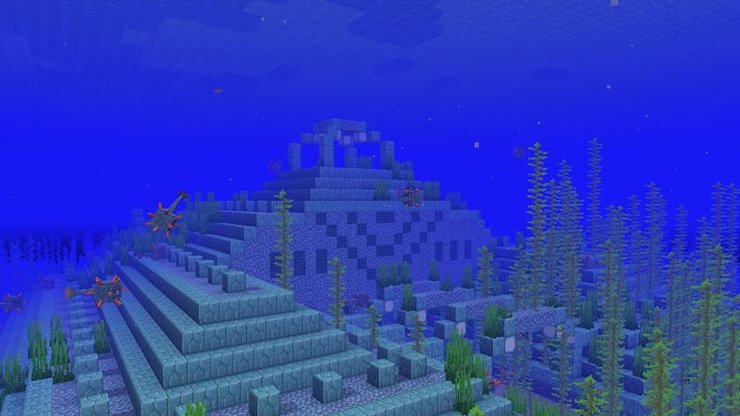
Guardian spawns in water blocks within a 58×24×58 volume of the monument, usually from its base (usually Y=39) to just above the decorative structure at the top (usually Y=61).
2. Preparing the monument
While it is possible to build a farm without draining an Ocean Monument, players can build an impressive base underwater if they managed to do that. Keep in mind that draining is a tedious job and may take many resources and a lot of time to accomplish.
Inside the Monument
As guardians are going to spawn throughout the process, it is best that players bring some invisibility potions to remove their aggro.
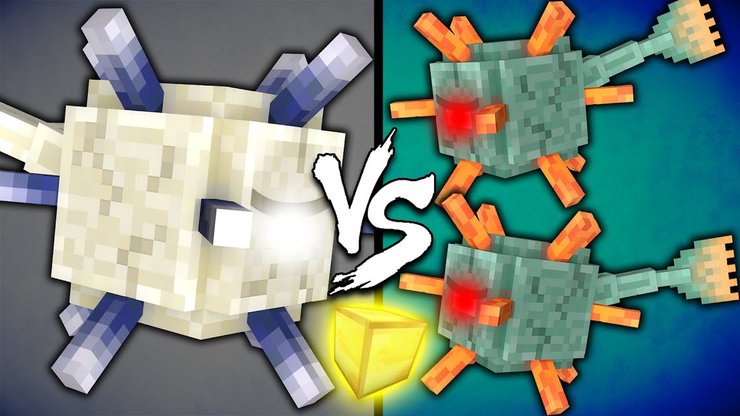
Just use sponges inside the monument. Most rooms can be cleared by placing them across the ceiling then repeating the process when needed. Partition the rooms to prevent flooding - this is very important for larger rooms. It is best to start from the top and work your way down
Outside the monument
Players need to build a wall around it and drain all the water. This is the most time consuming part of the farm. Afterward, partition the area then use sponges to slowly drain out all the water.
Build a wall around the monument (around 87 full stacks will be needed; sand or gravel may be preferred as they can be placed from above to fall to the seafloor), and then use sand or gravel to fill in the inside.
3. How to make a Guardian farm in Minecraft (drain method)
A basic guardian farm design usually needs five components:
- Spawning area
- Killing area
- Method for transporting the mobs from the spawning area to the killing area
- Item collection system
- Waiting area
Spawning area
As guardians spawn underwater, the spawning area must be flooded. The simplest designs involve simply placing a layer of signs under a pool of water a few blocks deep (either existing ocean or a pool newly constructed) and relying on the Guardians swimming or sinking too low and falling out of the water. Players can also place downward bubble columns to drag the spawned guardians down.
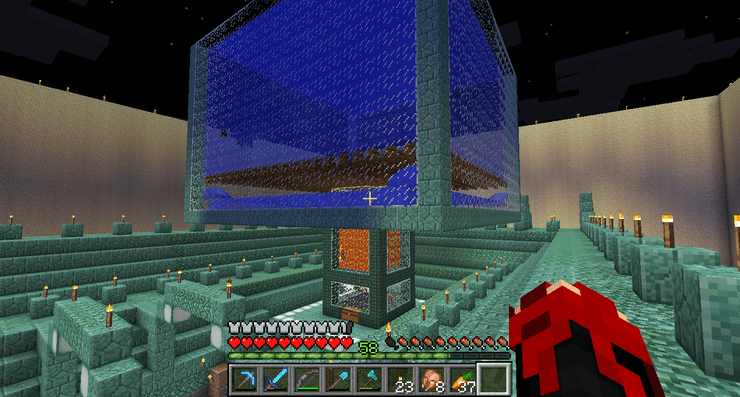
Putting a roof over the water spawning area will increase the spawning rate, as they usually don't spawn in water blocks that have a view of the sky.
Kill and Transport
While manual kill designs are possible, Guardian has a Thorn skill that reflects damage to players when they are using swords. If you are doing a manual farm, bring healing or use either arrows or damaging potions.
Alternatively, players can use drop, lava and fire damage. Lava over a 12-block drop is sufficient to kill any guardians. Lit campfires are also pretty effective - players can place hoppers under them to collect the dropped items.
It is possible to use full-stand conduits to kill guardians, however, the guardian must be 8 blocks from the conduit itself.
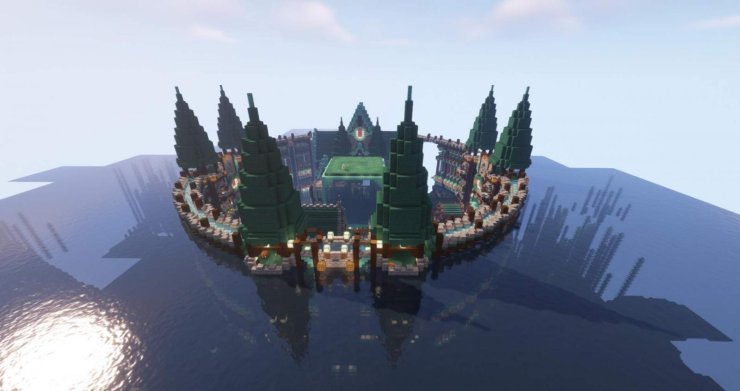
Item collection and waiting
These are the easiest part of the farm, as there is nothing special required. Players can just use hoppers or hopper minecart systems. The player waiting area needs nothing... unless you are using a manual kill system.
4. Guardian farm without draining
If players want to farm Guardians without draining the whole area, they need to use soul sand to launch guardians upwards into a killing chamber. Just build a wall around the spawning area as usual then fill a number of ocean floor blocks with soul sand. The bigger the area, the greater the drops and yields.
Players need to clear the area from the monument floor to the surface to avoid any blocking of the guardians' ascent to the chamber. These are often placed near the ocean's surface. Set your particle to minimal, as large blocks of bubble columns can massively lower your FPS.
>>> Read more: Top 5 Uses For Nether Quartz In Minecraft

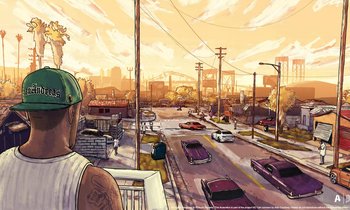
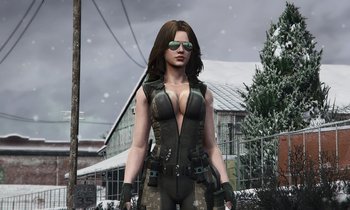
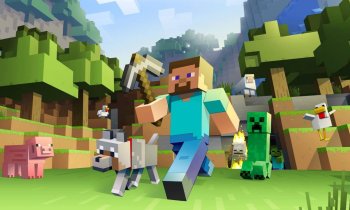






Comments